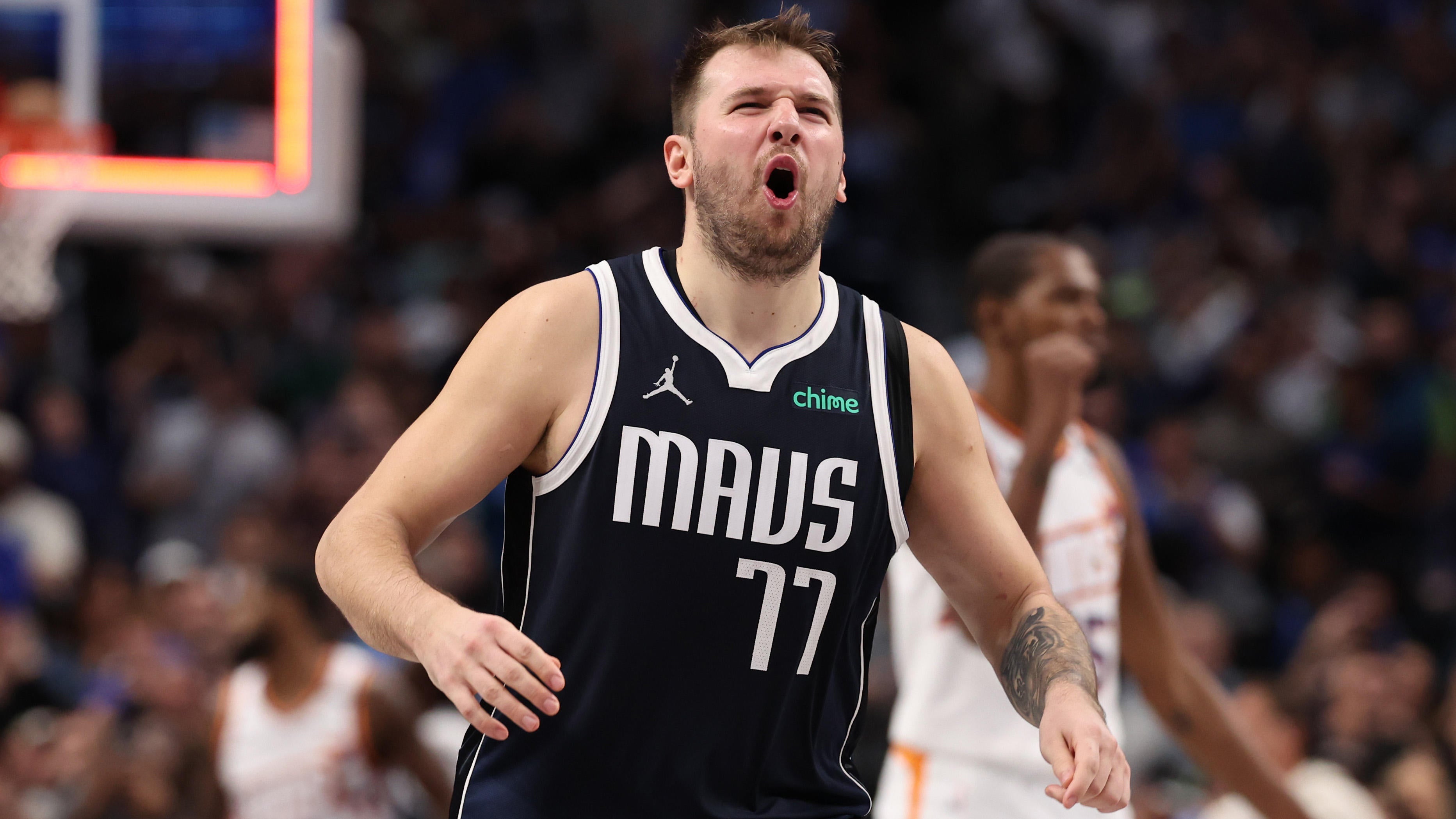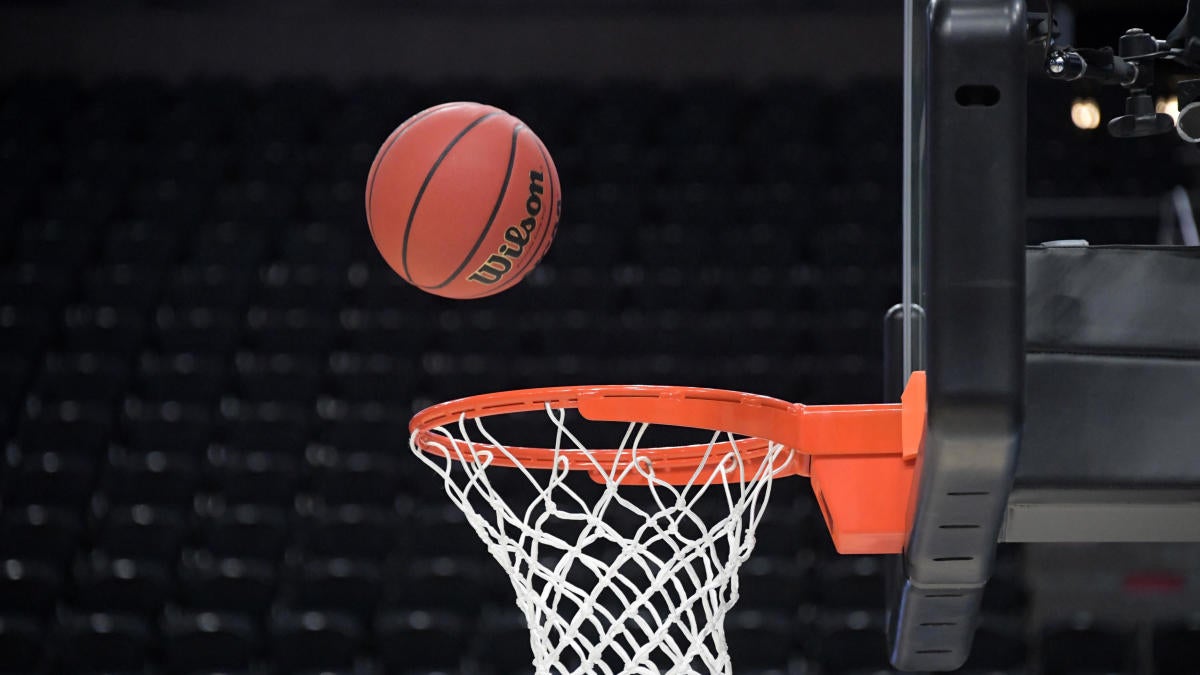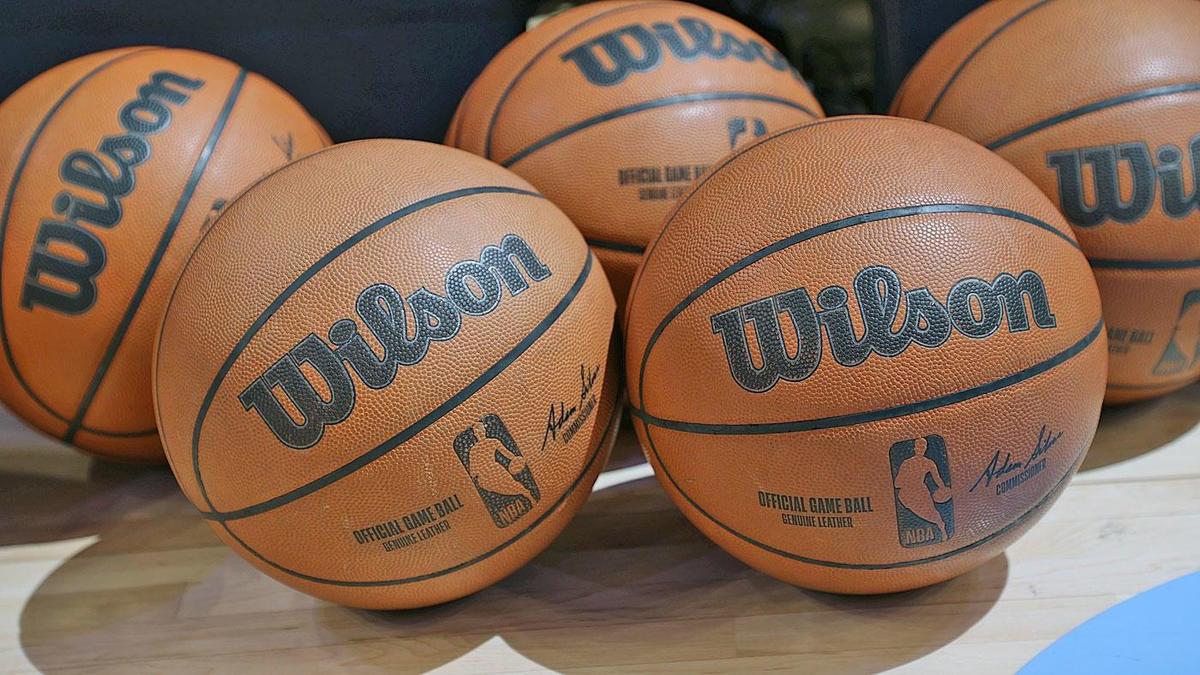
Three weeks into the NBA season is way too early to be drawing any sort of concrete conclusions. Well, at least that’s true for most people. I’m prone to overreacting, myself. But in this piece, I’m not going to do so much of that.
Instead, I’m just going to take a glance around the league at some of the early signs, both good and bad, in a state of development. It doesn’t mean these things will or won’t continue; just that they’ve been apparent so far and are worth continued monitoring.
Let’s go Around the NBA …
Luka’s sluggish start
By his standards, Luka Doncic has had a rough shooting start to the season. He’s bricked 23 of his last 31 3-pointers, and is at 32% from beyond the arc and under 43% overall for the season.
The Mavericks have lost four straight games with a chance to either win or tie at the buzzer. This inability to win close games has left them with a 5-7 record despite a top-10 point differential. Luka is shooting under 40% in these situations and the Mavericks’ clutch defense ranks as the fifth worst in the league.
Doncic isn’t exactly helping that situation either. Check the effort on Thursday in a loss to the Jazz:
That is not an isolated clip making the social rounds. Luka has been legitimately terrible on defense this year after being absolutely awful in the Finals last season. His defense cripples Dallas on a nightly basis. Sure, the offense usually more than leaves his impact in the black, but not so much when he’s shooting blanks.
In the aforementioned loss at Utah on Thursday, Doncic was caught sleeping with his back to the ball on what proved to be the game-winning dunk. Watch John Collins just slip right behind Doncic as he stands there daydreaming.
If you can’t focus on defense in a tie game with the final seconds ticking down, you’re not focusing at all.
KAT playing (offense) at MVP level
Now, you want to talk about a seven footer who can shoot all the 3s he wants? Karl-Anthony Towns has been extraordinary over the first 11 games of his Knicks career. Buddy is putting up 26 and 12 on 53/50 shooting splits.
Yes, you read that correctly. In addition to creating a lot of shots for his teammates with superb playmaking, Towns is making 50% of his 3-pointers on five attempts per game. Suffice it to say that frequency could stand to go up, but it’s hard to argue with how aggressively and effectively Towns is putting the ball on the floor and attacking the basket.
Plays like that have been on repeat at an increasing rate, especially when Towns sees an opposing big man in front of him. He is pulling guys out and then exposing them off the dribble like a legit MVP candidate at the moment. Now, the defense is another story. We’ll talk about that some other time.
Bridges’ 3-point shooting hasn’t been there yet. He’s at 30.4% for the year and has missed 19 of his 23 from beyond the arc. New York’s defense, which Bridges was supposed to elevate, has been one of the most disappointing early season developments, and Bridges just hasn’t looked as energetic in fighting to deny off ball and get over screens on ball. He’s become an easy target considering the massive package the Knicks gave up to get him.
That said, he’s making it up for it by making a career-high 59% of his midrange jumpers, per Cleaning the Glass. Most of that number has been accounted for in the intermediate area (4-14 feet, as defined by CTG), where he’s taking 32% of his shots, up from 25% last season.
Bridges is also cashing 62% of his longer mid-range shots, per CTG, another career high. He’s not getting to the rim really at all, and the 3-point shot, again, has been off, but he’s doing great work in between as a self-creator, particularly with his back to the basket and timely flasher.
People like me were talking this summer about how the Cavs should trade Garland to rid themselves of the backcourt redundancy with Donovan Mitchell and acquire a haul in return. But if the guy is going to average 20.5 and 6.5 on 53/45/89 shooting splits, I suppose Cleveland should keep him around!
That 45% 3-point number really stands out on almost seven attempts per game, but Garland has been equally problematic as a penetrator and finesse finisher.
The Cavs have remained undefeated by winning six clutch games, meaning they were within five points inside the final five minutes. These games swing on a shot or two, and Garland has converted 12 of his 15 attempts in these situations.
Throw in the 20.3 wide-open looks — as noted in this piece on Cleveland’s hit start by our Jasmyn Wimbish — that Garland and Mitchell are largely creating for the Cavaliers (who are knocking these shots down at a crazy 49% clip) with their downhill attacks, and right now it’s pretty much impossible to cover Cleveland.
Wemby’s (unhealthy?) shot diet
If you go off the last three games, Victor Wembanyama is a 7-foot-4 Stephen Curry. If you go off the last year-plus of evidence, he’s still not anywhere near a consistent 3-point shooter at 34% for the year, even after this three-game 20-for-37 barrage.
Wemby can clearly shoot, but whether he becomes a consistent 3-point shooter is another story. He sure is taking a lot of them, so if that’s going to be the case, he needs to do more than prop up numbers with a few red-hot stretches.
Yes, I understand that Wemby is more or less just trying things at this young point in his career, getting a feel for where and how he prefers to score. The truth is, he can score from anywhere, and simply being 7-3 with extraordinary reach, nimbleness and touch, not to mention his rapidly developing feel, is going to be more than enough to be a 25 PPG scorer relatively quickly.
But personally, I still want him to clean up his shot die. I am more intrigued when I see him make quick, decisive moves on the interior than I am watching him shoot eight 3s a game and every once in a while get hot, at least until that conversion rate reaches at least league average. To be fair, he’s probably going to do that relatively soon. Then I guess I’ll have to back off the stance.
Kuminga was dreadful as a starter to begin the season. But since Steve Kerr moved him to the bench for the first leg of Golden State’s back-to-back with New Orleans on Oct. 29, Kuminga has been spectacular. Over eight games as a reserve, Kuminga is averaging 17.3 points (tops among all bench players) and five boards on 52/43 shooting splits.
He is taking the right 3-pointers (Kerr has said the Warriors want Kumings to “let it fly” if he’s open) and knocking them down while leaning completely into the fact that he is effectively indefensible as a driver. He’s too fast, too long and too forcefully athletic to stay in front of as a defender.
That clip is from Golden State’s win over Houston to kick off November. They blew a 31-point lead and had to go to overtime, where Kuminga took over with six of Golden State’s eight points. He finished with 23 and seven on 7-of-12 shooting. He has been scorching ever since and has carved out a spot in Kerr’s closing lineup.
Johnson put up a triple double with 18 points, 12 rebounds, 10 assists, three steals and a block in Atlanta’s surprise win over Boston without Trae Young (they were 15-point underdogs in that game).
That’s in keeping with his last six games, over which Johnson is averaging 21.6 points, 10.3 rebounds and, 5.8 assists. The Hawks have been almost 17 points per 100 possessions better with Johnson on the court, per CTG.
The combination of Johnson and Dyson Daniels is a legitimate defensive building block. With those two guys on the court, Atlanta plays defense at a near top-10 rate. In fact, Atlanta’s starting lineup is performing at what would rank as a top-five defensive rate at 109 points allowed per 100 possessions, per CTG. Throw rookie Zaccharie Risacher in the mix, and Atlanta is quietly building a potentially pretty formidable defensive unit to support Trae Young.
Johnson was already good before this season. Anyone who watched the Hawks play can attest to that. But this season he has leveled up. He is a racehorse athlete, a plus defender and a more than viable shooter. He will be an All-Star at some point soon, and he might run away with the Most Improved Player award this season.
Minnesota’s defense has gotten better since the start of the season but it’s still not where it was last year when it was arguably a historic unit. The perimeter pressure hasn’t been the same, but Minnesota still got out to a 6-3 start because Anthony Edwards — and for a hot minute Julius Randle — was burning down cities from 3.
The volume was concerning. Edwards was taking double the amount of 3s he took last season, over 13 a game at one point, and he was knocking them in damn near half the time. That was not sustainable, nor was the 57% clip Randle was putting up through is first five games.
The crash has come. Over the last three games, Randle and Edwards have combined to miss 35 of their 45 3-point attempts, and Edwards is eight for his last 33. And suddenly, the Timberwolves have dropped three straight, including two to the Blazers.
This is a problem. With Julius Randle and Rudy Gobert on the court, spacing is cramped. Edwards has to avoid settling for too many of the 3s that defenses want him to take, but the truth is, he sort of has to take what defenses give him unless he wants to get stubborn and start crashing into crowds.
It would help if Donte DiVincenzo, who has scored 13 points over his last three games and five points over the last two, upped his currently abysmal 30% 3-point clip, and Naz Reid lineups can help the spacing for stretches. Still, this reliance on 3s from Edwards is a ship waiting to sink.
Looking for more NBA insight from CBS Sports? Bill Reiter, John Gonzalez and more experts break down the league daily on the Beyond the Arc podcast.



